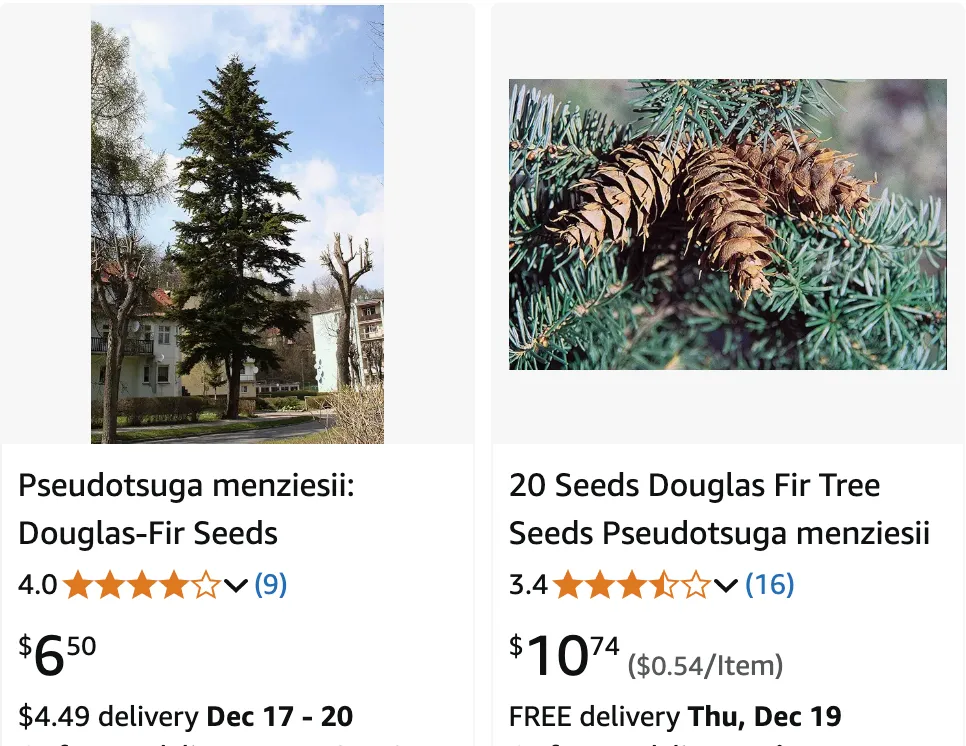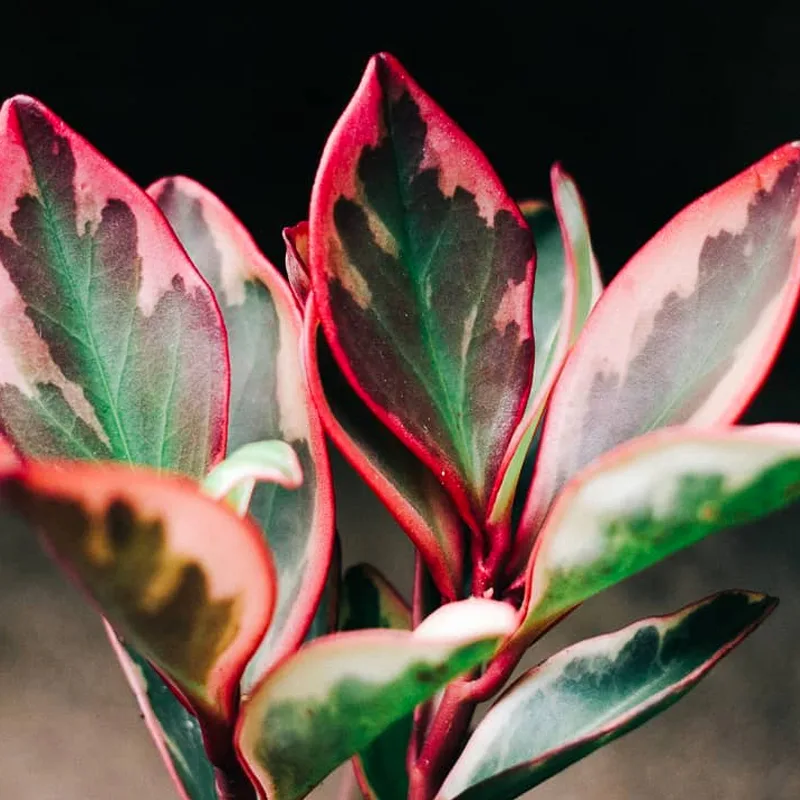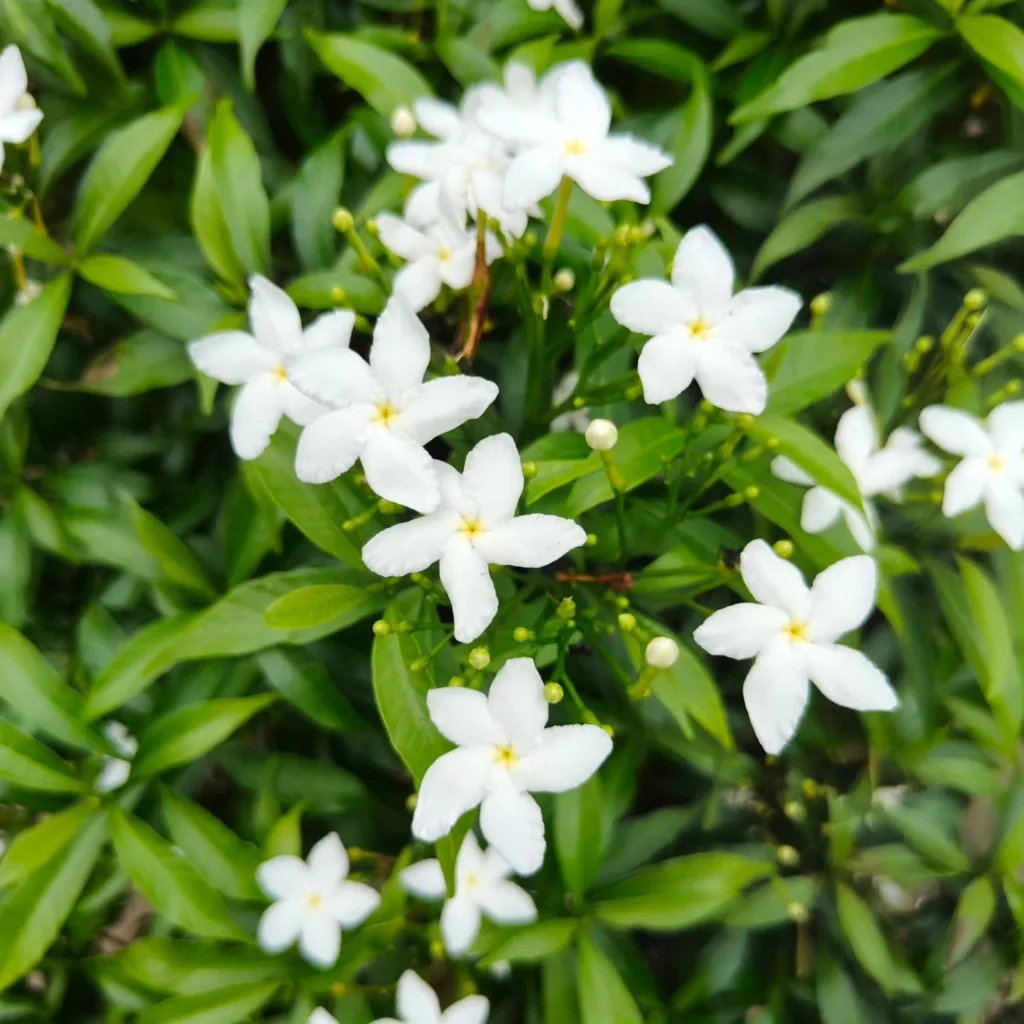
December 24 – Pseudotsuga
"Pseudotsuga, the Douglas fir, defines December 24."
Pseudotsuga symbolizes endurance and wisdom. You are deeply rooted, steady, and resilient, offering strength to those around you. Like the majestic tree, you bring stability and a sense of timelessness, standing tall through the seasons of life.
Pseudotsuga: A Deep Dive with Ferb Vu
The world of conifers is vast and fascinating, filled with towering giants and resilient survivors. Among them, the genus Pseudotsuga from Pinaceae family holds a special place in my heart. These majestic trees, commonly known as Douglas firs, have captivated me with their unique beauty and ecological importance. Join me, Ferb Vu, as we explore the intriguing world of Pseudotsuga.
Understanding the “False Hemlock”
The name Pseudotsuga might sound a bit complex, but it simply translates to “false hemlock.” This name stems from the tree’s resemblance to true hemlocks (Tsuga) in its foliage and overall appearance. However, a closer look reveals key differences, particularly in their cones.
Pseudotsuga cones are easily recognizable by their distinctive three-pointed bracts, which protrude from between the scales. These bracts, resembling the hind feet of a mouse diving into the cone, are a unique characteristic of this genus.
A Diverse Genus
While the name Douglas fir might suggest a single species, Pseudotsuga actually encompasses a diverse group of evergreen coniferous trees. These trees are primarily found in North America and Asia, thriving in a variety of climates, from coastal rainforests to mountainous regions.
- Pseudotsuga menziesii (Douglas fir): This is perhaps the most well-known species, widely distributed across western North America. It is a dominant tree in many forest ecosystems, known for its towering height and valuable timber. Plant FAQs: Douglas Fir – Pseudotsuga Menziesii
- Pseudotsuga macrocarpa (Bigcone Douglas fir): This species is native to Southern California, characterized by its large cones, as the name suggests. It is adapted to drier climates and often found in mountainous regions.
- Pseudotsuga sinensis (Chinese Douglas fir): This species is native to China and Taiwan, exhibiting a wide range of variations across its distribution. It plays a crucial role in the region’s forest ecosystems.
- Pseudotsuga japonica (Japanese Douglas fir): This species is endemic to Japan, found in mountainous regions of the island. It is a relatively rare species, facing conservation challenges due to habitat loss.
Ecological Significance
Pseudotsuga plays a vital role in the ecosystems it inhabits. These trees provide habitat and food sources for a wide range of wildlife, from birds and mammals to insects and fungi. Their dense foliage offers shelter, while their seeds and cones serve as a valuable food source.
Moreover, Pseudotsuga contributes to soil health and nutrient cycling. Their fallen needles decompose slowly, enriching the soil with organic matter. They also play a crucial role in regulating water cycles, preventing soil erosion, and mitigating climate change by absorbing carbon dioxide from the atmosphere.
Economic Importance
Pseudotsuga, particularly Pseudotsuga menziesii, is highly valued for its timber. The wood is strong, durable, and aesthetically pleasing, making it suitable for a wide range of applications, including construction, furniture making, and paper production.
However, the economic importance of Pseudotsuga extends beyond timber production. These trees are also popular as Christmas trees, and their essential oils are used in fragrances and aromatherapy.
Conservation Concerns
Despite their resilience, Pseudotsuga faces various threats, including deforestation, habitat loss, and climate change. The increasing frequency and intensity of wildfires, exacerbated by climate change, pose a significant threat to these trees.
Conservation efforts are crucial to ensure the long-term survival of Pseudotsuga. These efforts include sustainable forestry practices, habitat restoration, and measures to mitigate climate change.
Personal Reflections
My fascination with Pseudotsuga stems from their ability to thrive in diverse environments, their ecological significance, and their economic importance. These trees embody the delicate balance between nature and human needs.
As I continue to explore the world of Pseudotsuga, I am constantly reminded of the interconnectedness of all living things. These trees are not just beautiful specimens; they are vital components of complex ecosystems, providing essential services to both wildlife and humans.
It is our responsibility to protect and conserve these magnificent trees for future generations. By understanding their importance and supporting sustainable practices, we can ensure that Pseudotsuga continues to thrive in our forests for centuries to come.
If i die, water my plants!



